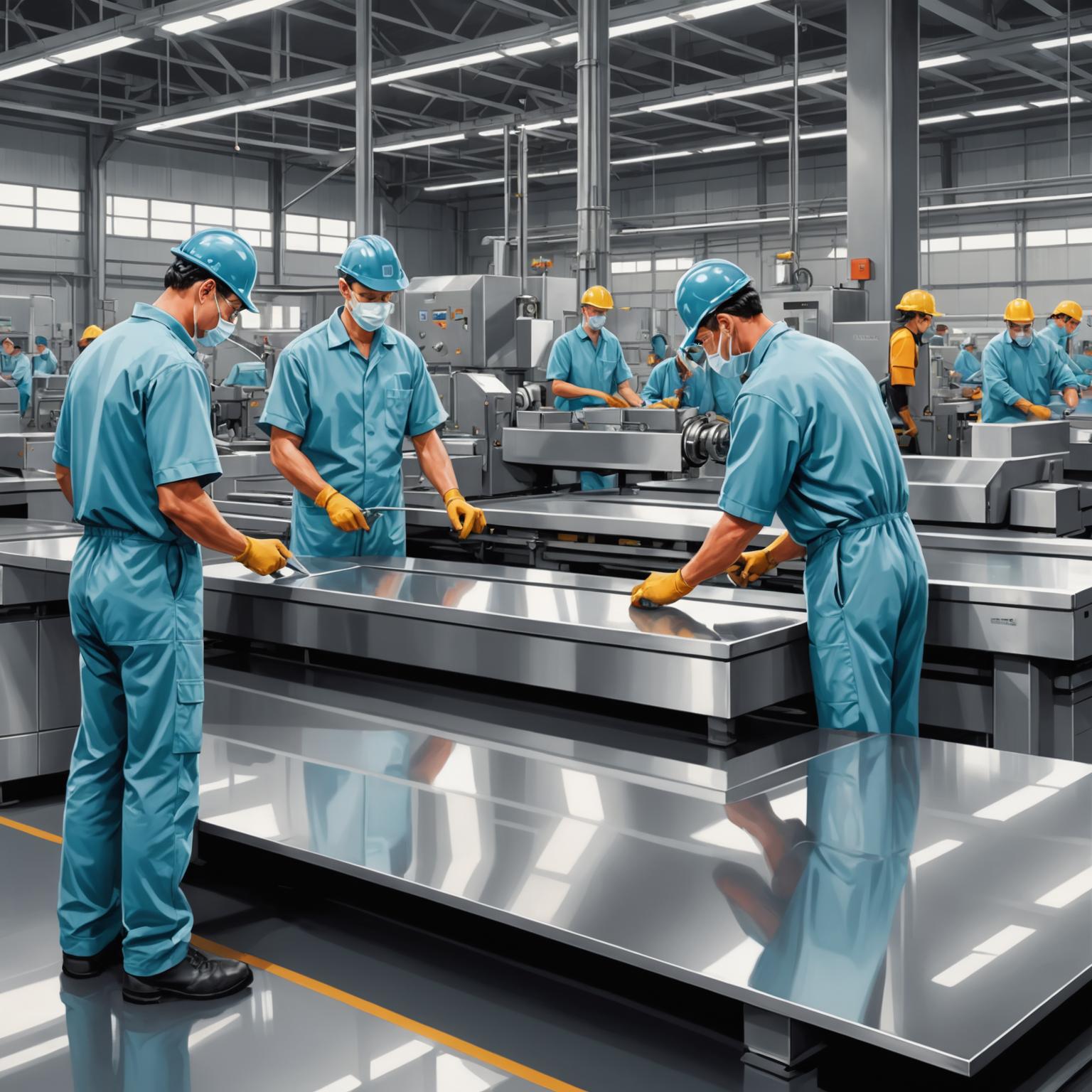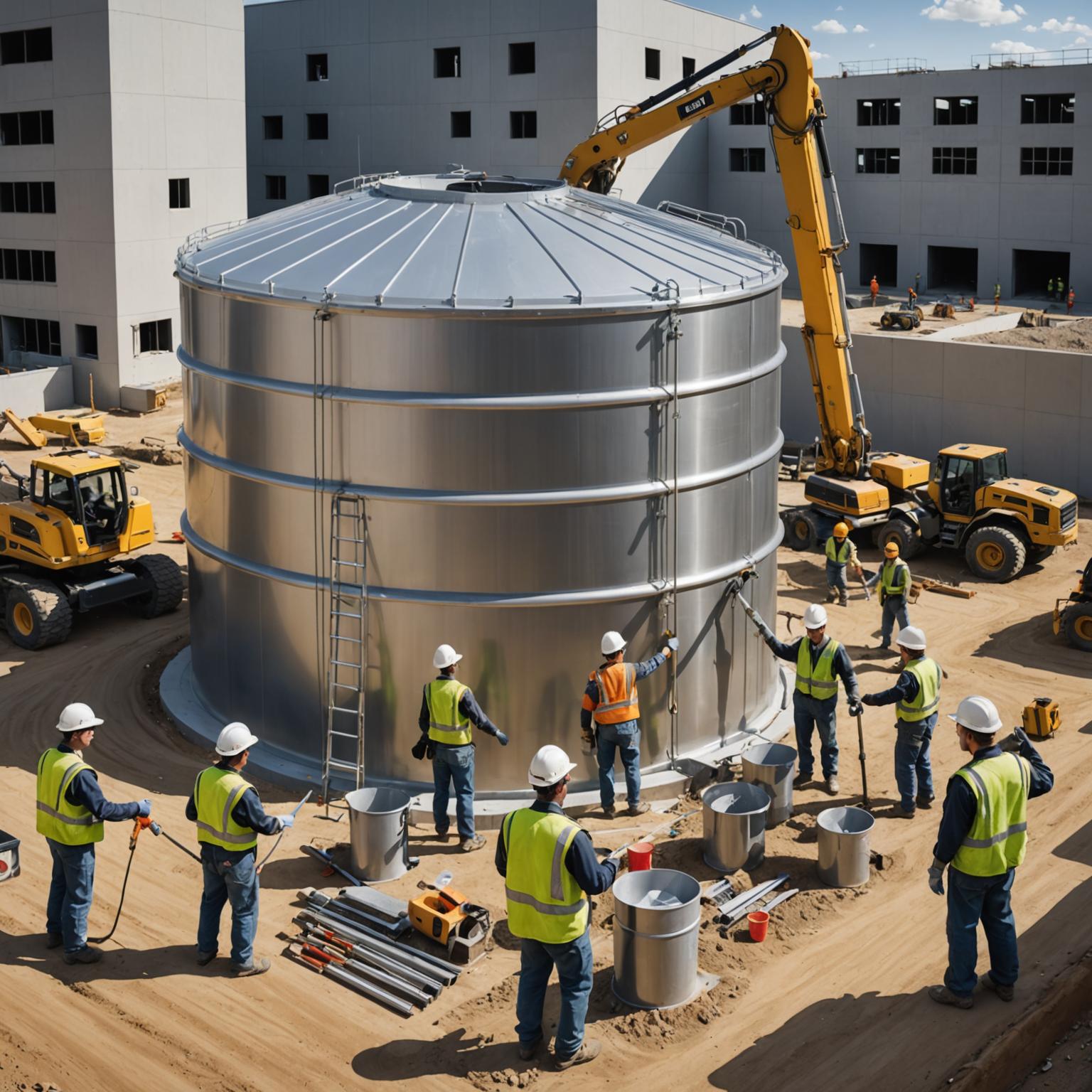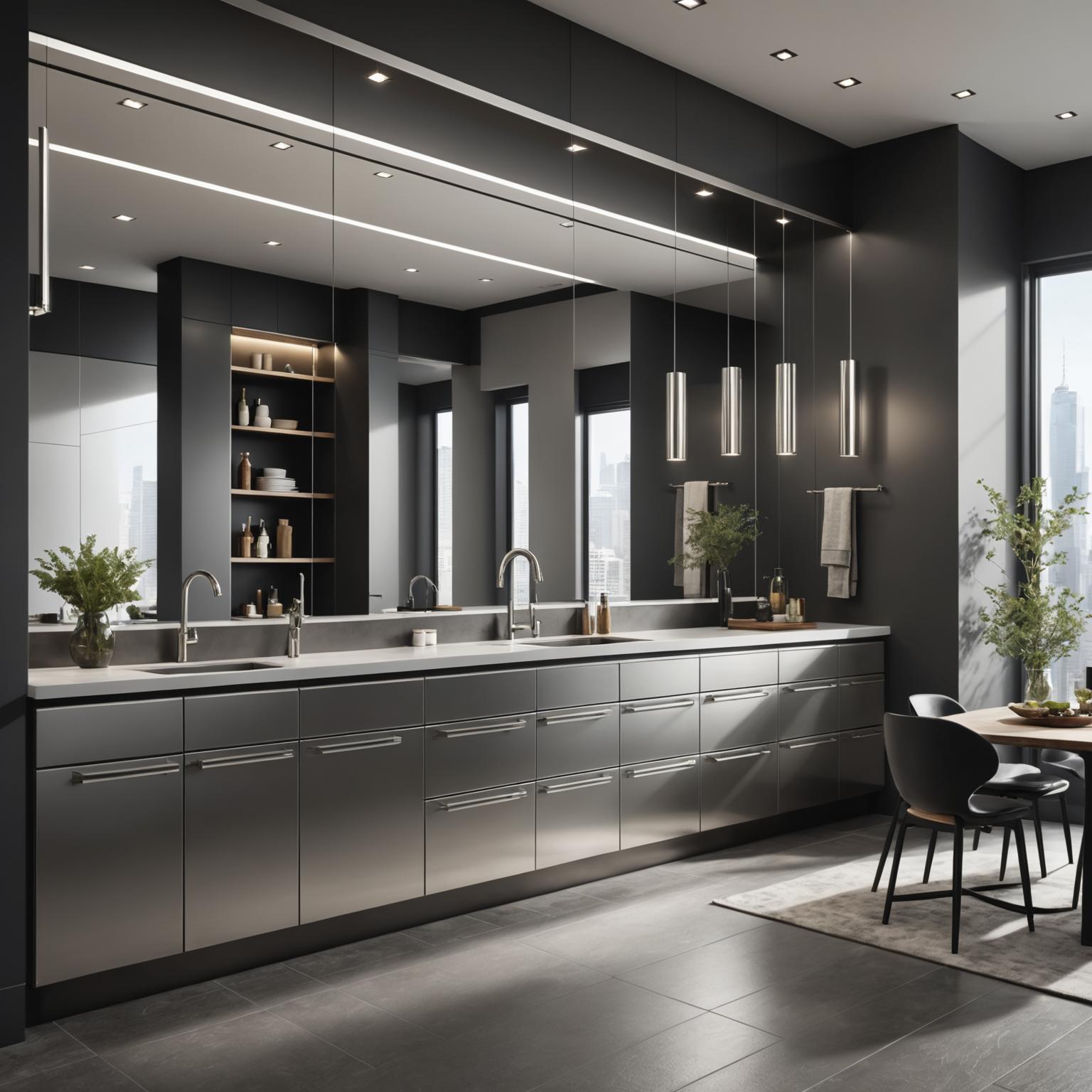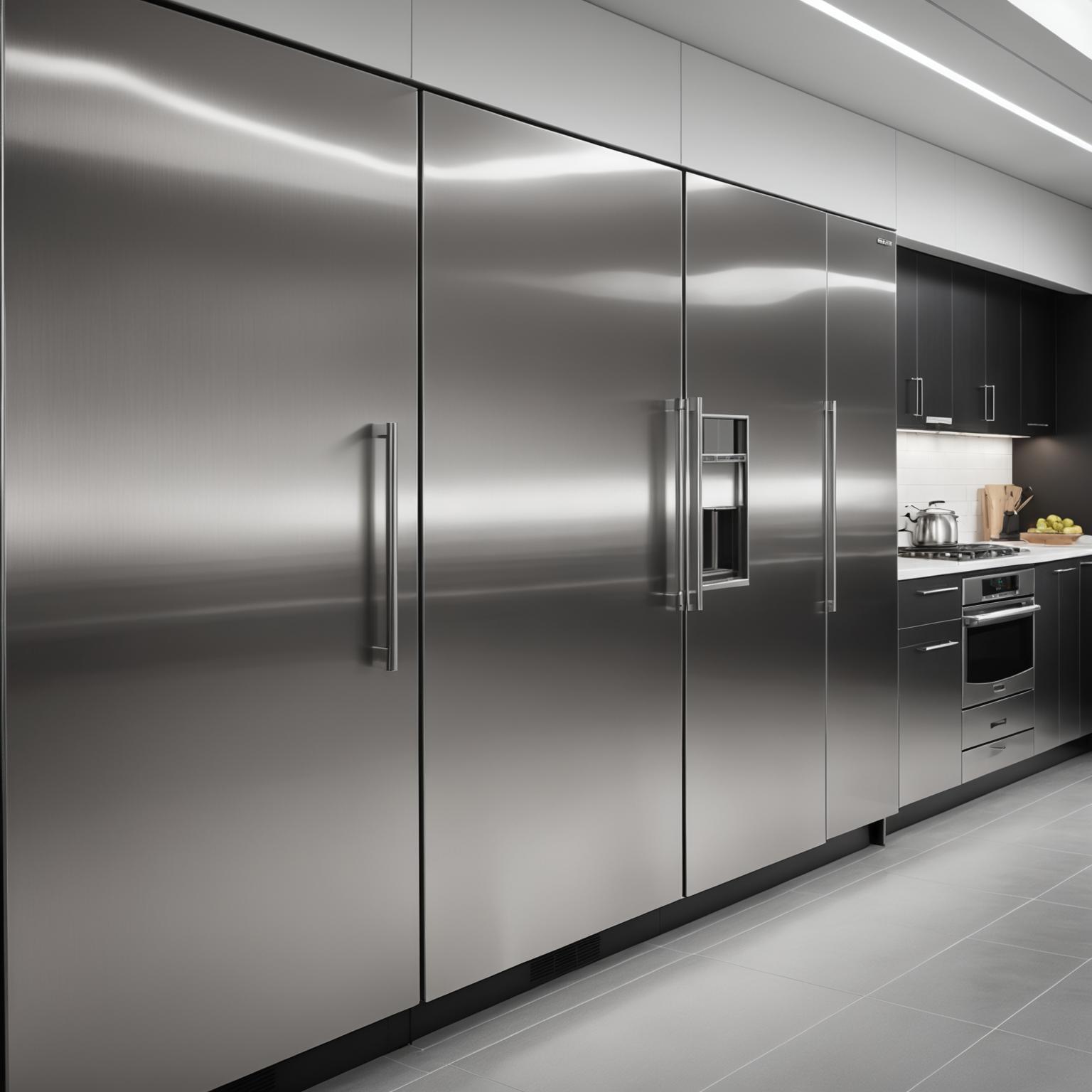
1. Preparation before installation
① Site survey
-
Make sure to install the groundLoad bearing meets standards(It is recommended that the compressive strength of concrete foundations ≥20MPa)
-
Reserve ≥50cm of maintenance space to avoid wall-mounting installation
② Material acceptance
-
Check whether the thickness of the water tank board meets the design requirements (commonly used 1.0~3.0mm)
-
Confirm 304/316 stainless steel material report
2. 7 key installation steps and precautions
Step 1: Basic Production
-
Concrete foundationNeed to be above 10cm above the ground, with a surface level error of ≤3mm
-
The middle of the foundation is slightly convex (0.5% slope) to disperse the bottom pressure of the tank
-
✖️ It is prohibited to install directly on soft soil or floor insulation
Step 2: Water tank assembly
-
When connecting bolts,Gradually tighten the diagonal, avoid uneven stress
-
Welding process requirements:
-
Use argon arc welding (TIG) to avoid welding through thin plates
-
The weld must be smooth and without pores, and pickling and passivation after welding
-
Step 3: Pipeline connection
-
It is recommended to use water inlet and outlet pipesFlexible joints(such as rubber soft connection), reduce vibration conduction
-
The diameter of the overflow pipe is ≥ 1.5 times the water inlet pipe, and an insect-proof net is installed
Step 4: Sealing Test
-
After filling water to the highest water level, let stand for 24 hours to check for weld/interface leakage
-
Focus on checking the joints of corner reinforcement ribs and plates
Step 5: Accessories Installation
-
Sealant strips (food-grade silicone) must be installed on the manhole cover
-
Welding points for ladders, railings and other accessories need to be rust-proofed
Step 6: Lightning protection and grounding
-
Water tanks with capacity ≥30m³ must be equipped with lightning needles
-
Ground resistance ≤10Ω
Step 7: Disinfection and acceptance
-
Use before first useSodium hypochlorite solution (50ppm)Soak for 2 hours
-
Retain welding test report and water pressure test record
3. Common installation errors and consequences
| Error operation | Possible consequences |
|---|---|
| The basics are not leveled | Deformation of the bottom of the water tank and cracked welds |
| Not passivated after welding | Rust perforation at the weld |
| Pipe rigid connection | Vibration causes water leakage to the interface |
4. Maintenance recommendations
-
Check the aging of welds and sealants every six months
-
In cold winter areas, the water tank needs to be drained to prevent freezing and cracking
5. Professional Tips
📌 It is recommended to entrust a pressure vessel qualification unit to install it and submit it to the local quality inspection department for filing.








